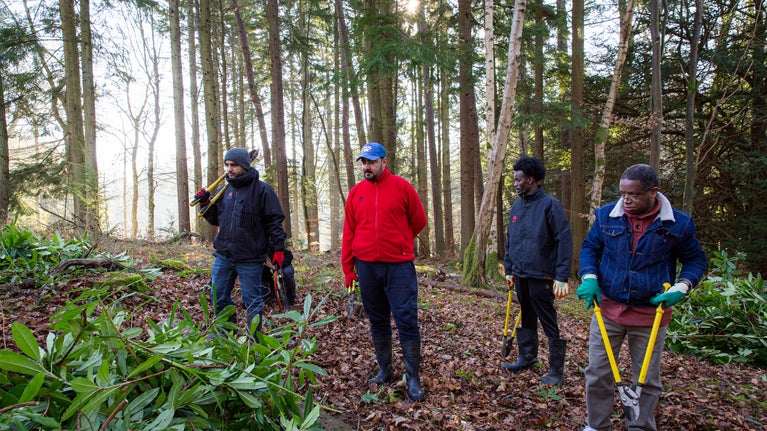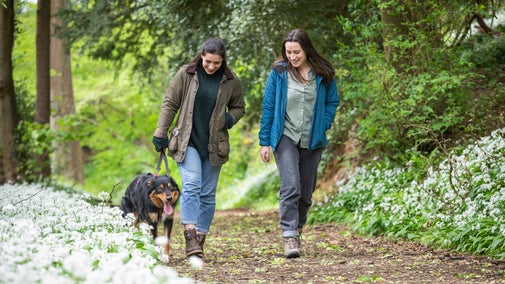
Donate
Everyone needs nature, now more than ever. Donate today and you could help people and nature to thrive at the places we care for.

Our goal is to make Gibside a happy and healthy place for wildlife, plants and people. This wouldn’t be possible without the dedication of our conservation teams and volunteers.
Around 220-acres of Gibside is a Site of Special Scientific Interest (SSSI), which means it is a protected area that supports rare species of plants, animals and fungi. The Gibside rangers and gardeners, with the support of volunteer groups, are working to maintain and improve habitats for nature, and monitor the species that call Gibside home. We have a variety of habitats and landscape at Gibside. The rangers manage each area differently to support the wildlife and plants that live there.

With your ongoing support, we're able to continue our vital conservation work. Thank you for helping to protect these special places.

Everyone needs nature, now more than ever. Donate today and you could help people and nature to thrive at the places we care for.

Interested in volunteering at Gibside? Here's all you need to know about helping us care for this special place, and how to apply if you'd like to get involved.

Discover picturesque historic ruins set in a Georgian landscape garden, explore miles of peaceful walking trails and enjoy outdoor play for families.

Gibside is a three pawprint rated place. There are 15 miles of paths for you and your dog to explore, lots of facilities and they’re even welcome inside the coffee shop.

The wealthiest heiress in Georgian times, horseback abductions, divorces and illegitimate children are just a part of Gibside’s incredible story.

Read about our strategy, which focuses on restoring nature, ending unequal access and inspiring more people.

We believe that nature, beauty and history are for everyone. That’s why we’re supporting wildlife, protecting historic sites and more. Find out about our work.